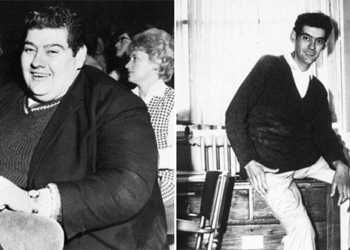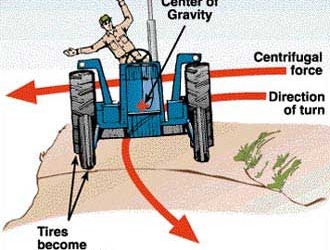When there are no external directional signals, lost individuals often do not stray more than 100 meters from their starting point, regardless of how long they have been walking.
For centuries, humans have been believed to have a natural tendency to walk in circles. In 1928, biologist Asa Schaeffer asserted that experiments showed blindfolded individuals would walk, run, swim, and drive in a spiral pattern, a phenomenon he attributed to the “spiral mechanism” in the brain.
Aviation navigator Harold Gatty believed that humans walk in circles simply due to biological asymmetry; one leg is often longer and stronger than the other. “Anatomically, we are all unbalanced,” wrote Harold Gatty.

People walking in the Mandala maze on Mount Tabor (USA). (Photo: Mandala).
In 1986, Norwegian biologist F.O. Guldberg argued that walking in circles is one of the “universal laws” in biology. He recounted stories of birds circling in the air before a lighthouse, schools of deep-sea fish swirling in the light from a diver’s lamp, rabbits and foxes running in circles to escape hunters, and lost individuals wandering in fog.
Guldberg did not view walking in circles as a form of error. The principle of circular movement, he explained, is to ensure that when lost, animals can always find their way back “to the birthplace that creatures struggling for survival must often return to, whether it’s the cow’s milk, the warm wings of a hen, or the canopy or bushes instinctively chosen by the mother.”
Regardless of whether we want to or not, he suggested, we still walk in circles to find our way back to familiar places.
In 2009, a researcher named Jan Souman decided to experiment with the instinct to walk in circles. He equipped volunteers with GPS tracking devices and asked them to walk in a straight line through unfamiliar terrain, whether in dense forests in Germany or deserts in Tunisia.
Without the support of directional signals, such as the sun, the study subjects indeed showed a tendency to return along their own paths; this was true.
“Walking in a straight line sounds easy,” Souman told me. “But if you think about it, it’s really not easy at all.” Just like riding a bicycle, walking in a straight line is essentially a complex balancing act requiring the nervous system’s adjustments, which is why it is an effective way to test if someone is overly intoxicated.
More in-depth experiments also ruled out the factors of leg length and strength. Souman found no evidence supporting the hypothesis of a “great circular or spiral instinct, but rather winding paths like a child’s crayon scribbles.” Sometimes, they circle back to a familiar landmark, erroneously concluding that they are walking in circles, and beginning to panic—lost individuals rarely return to their starting point.
Souman concluded that on average, when there are no external directional signals, lost individuals usually do not stray more than 100 meters from their starting point, regardless of how long they have been walking.





















































